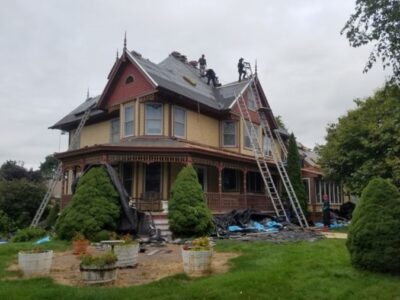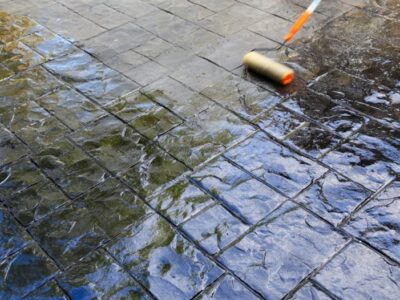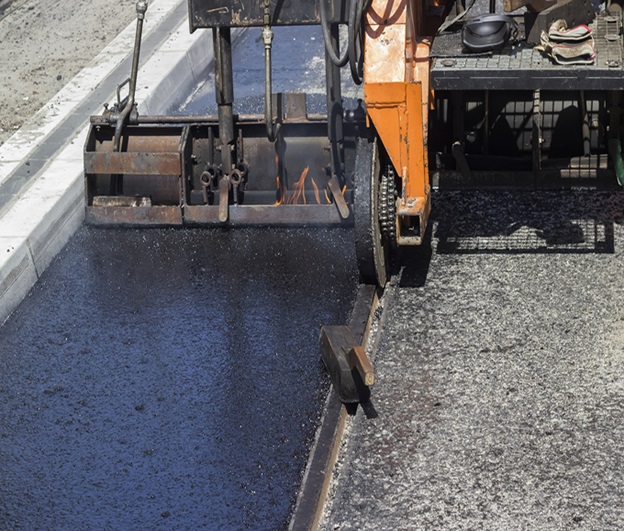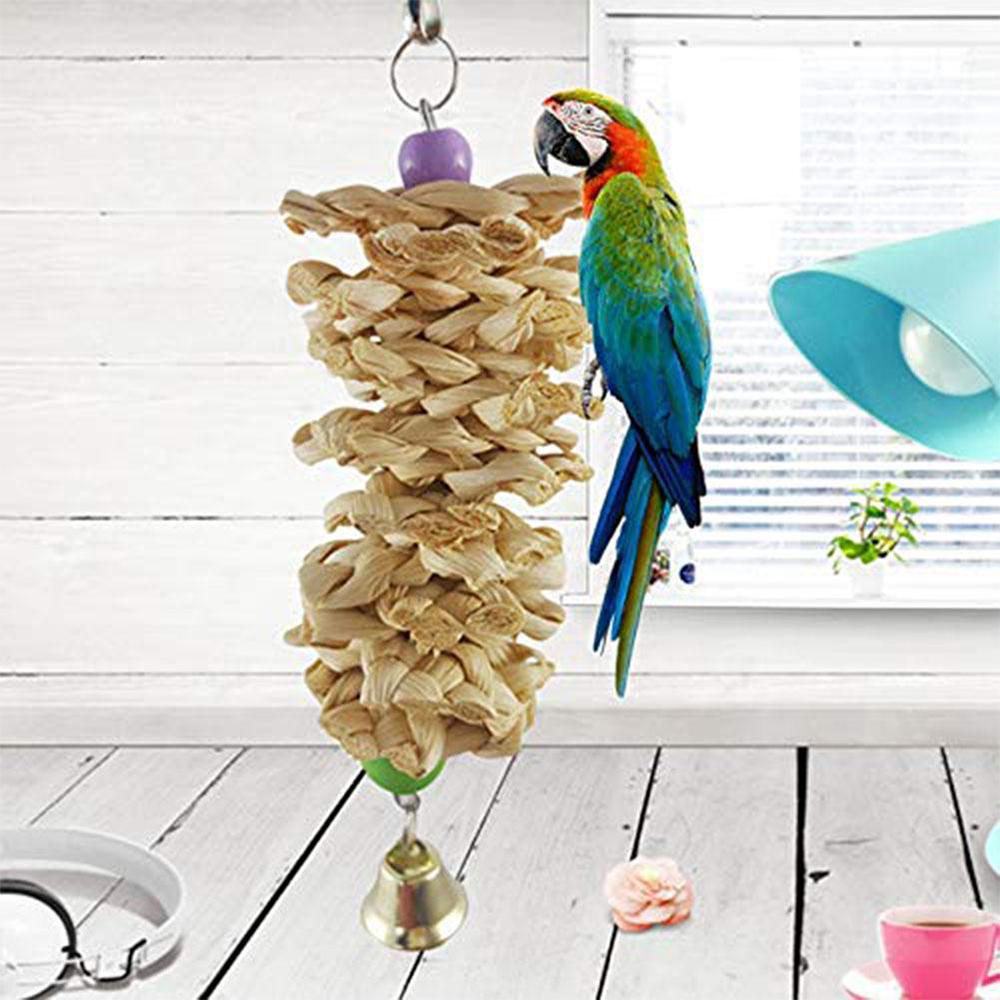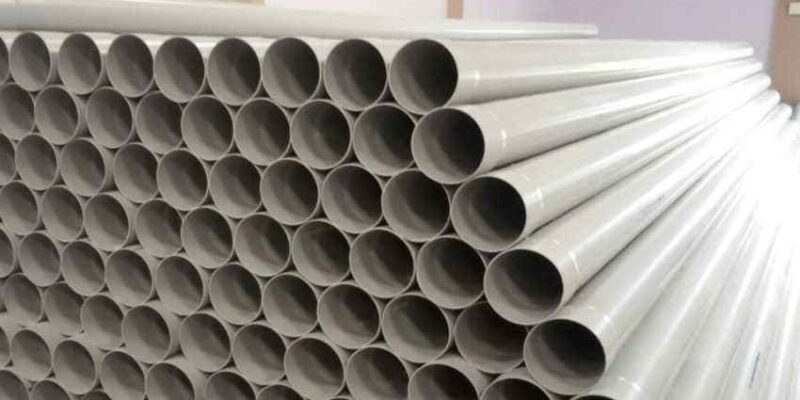
Basically, plumbing is a system of pipes and fixtures that transfer fluids for a variety of applications. There are different types of plumbing, such as plastic pipes, copper pipes, and galvanized steel pipes.
Copper pipes
Choosing the right material for your plumbing system can reduce installation and maintenance costs. If you’re unsure what to use, speak to a professional plumber. They can guide you in the right direction and explain the benefits of using copper pipes.
Copper has been used for plumbing applications for many years. This is a versatile metal, capable of enduring a large number of cycles without corroding. Its low pressure rating makes it suitable for above ground application.
There are four major grades of copper pipe: type L, M, K, and DMW. The first three are most commonly used for home plumbing applications. The fourth type is used for drain-waste-vent piping.
The key difference between the different types of copper pipes is wall thickness. The thinner the wall, the less copper. This will also lower the price.
Plastic pipes
Compared to copper, plastic pipes for plumbing are cheaper and easier to install. Their benefits include high corrosion resistance, flexibility and low weight. However, plastic pipes for plumbing also have some disadvantages.
The most commonly used plastic pipes are PVC and polypropylene. These types of pipes are used in sewage systems, cold water supply and water main construction.
PEX is a type of plastic pipe that is suitable for hot and cold water applications. This material has a wide variety of uses, from industrial plumbing to residential plumbing. It has good flow characteristics and is easily welded. In addition to its flexibility, it is also resistant to oxygen penetration. It has a large linear thermal expansion.
It has also been proven to be very strong. In fact, it can withstand temperatures of 140 degF. However, the material warps at temperatures higher than that.
Galvanized steel pipes
Using galvanized steel pipes for plumbing can be an inexpensive way to provide you with a water supply. The material is durable, lightweight, and resistant to corrosion. But it’s important to maintain it well.
The process of galvanizing involves coating the metal in zinc. The zinc provides a protective layer, preventing rust. It also helps protect against humidity and indoor moisture.
However, the zinc coating does not last forever. Even the best-galvanized pipes will eventually lose the coating.
If you have a rusty water line, it’s time to re-pipe. Re-piping is a more expensive option than relining, but you can save money in the long run. It’s a good idea to inspect your plumbing system for leaks, cracks, and other problems.
If you don’t know how to do it yourself, it’s a good idea to call a licensed plumber. They can inspect your system for leaks and advise you on what to do.
Common causes of slow or clogged drains
Having a slow drain can be frustrating, but there are some common causes. Knowing what is causing your clog can help you determine whether you need to do something about it.
Depending on the cause of your clog, there are a variety of methods you can use to clear it up. However, if you don’t have the time or skill to clear it yourself, hiring a professional is the best solution.
The first thing to do is to check your drains regularly. If you have a lot of debris in your pipes, it’s likely a clog is the cause. Usually, a clog can be cleared up with basic tools. But if you have a stubborn clog, you may need a plumber’s snake.
Another common cause of clogged drains is soap residue. Soap is made of fats and minerals, and over time, it can build up in your pipes. Combined with hair or mineral buildup, this can create a serious clog.
Subsystems of a plumbing system
Having a thorough understanding of the subsystems of a plumbing system is a key component to avoiding plumbing Centennial CO emergencies. It will also help you to properly diagnose plumbing problems and minimize the likelihood of them occurring.
The main components of a plumbing system are the pipes and fixtures that transport water and other fluids. These include water supply, drainage, and sanitation systems. The water supply system is responsible for bringing fresh water into the home. It branches out from the main water line to deliver water to every fixture in the house.
The drainage system removes waste water from the house. The sewer lines in a drainage system are designed to be downward-facing and sloped to let the water flow out of the building. The system can remove laundry wastewater, human waste, and even particulate matter.



